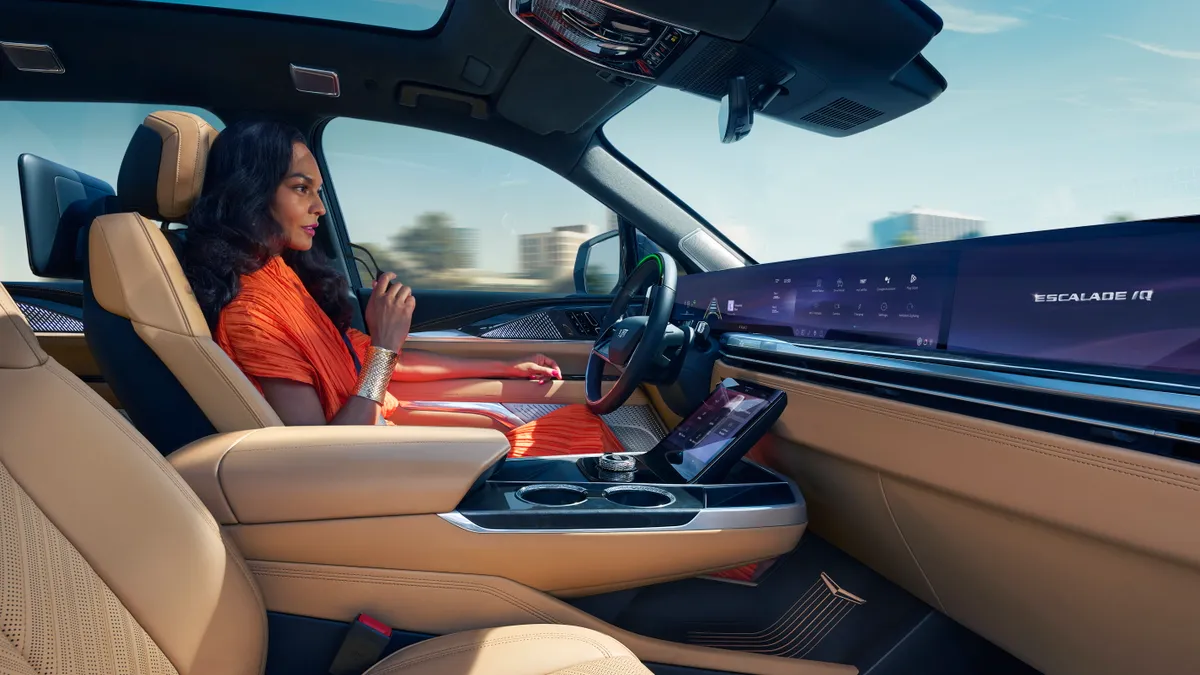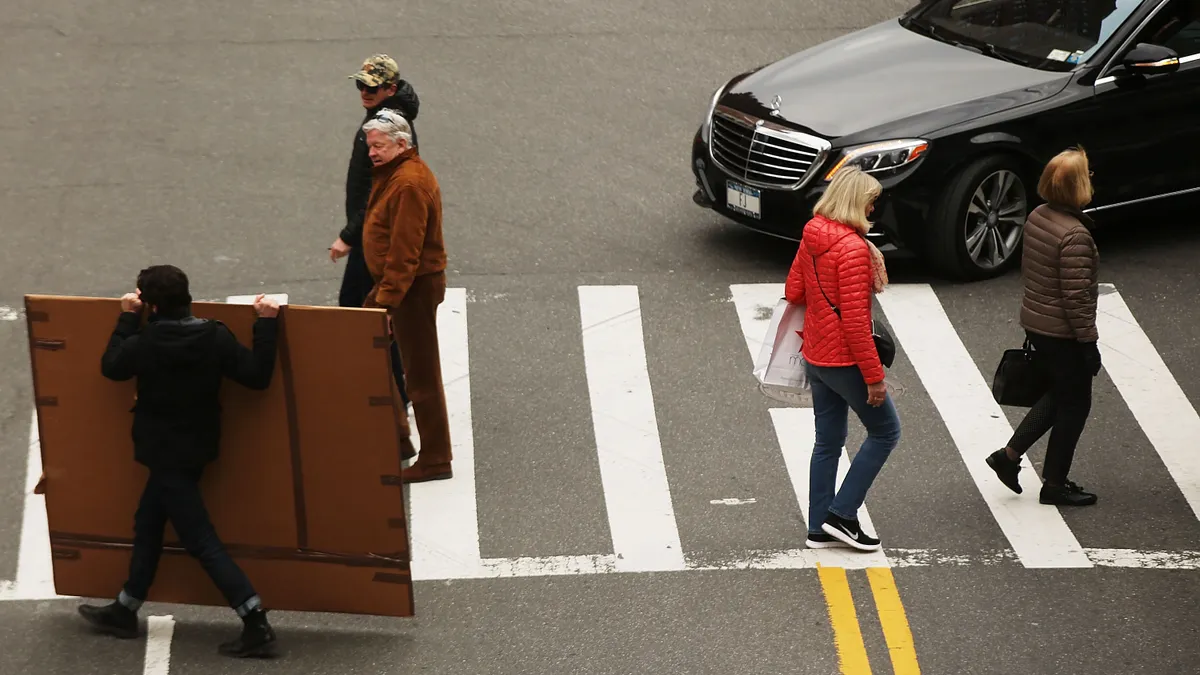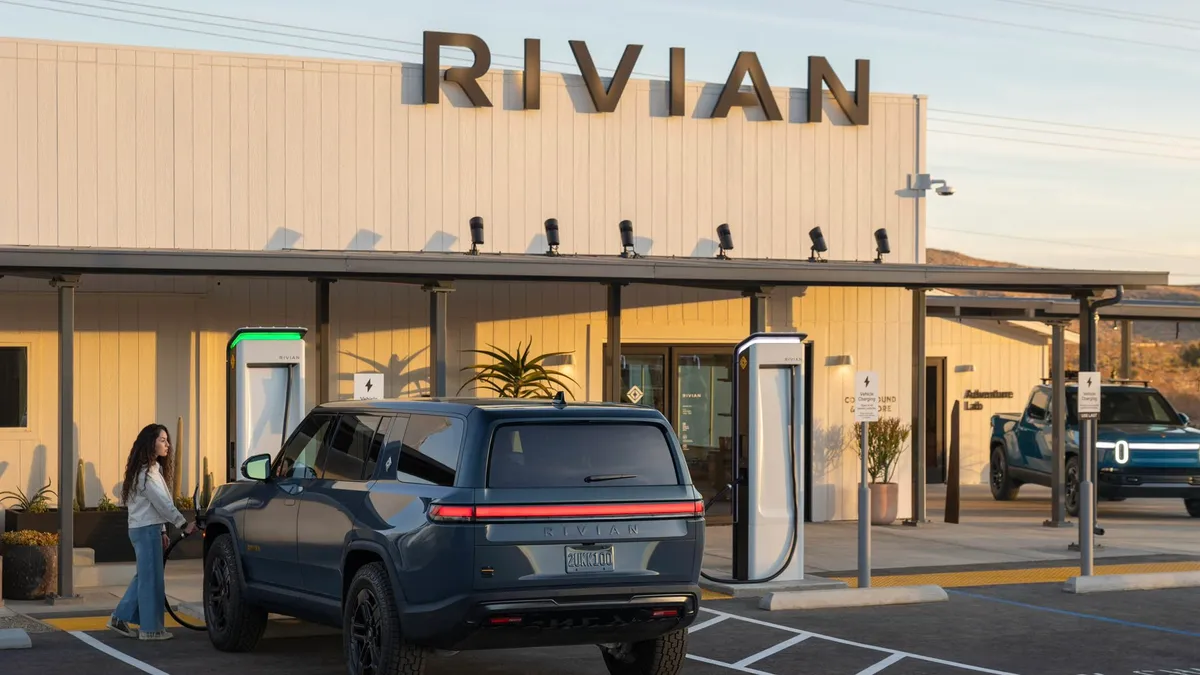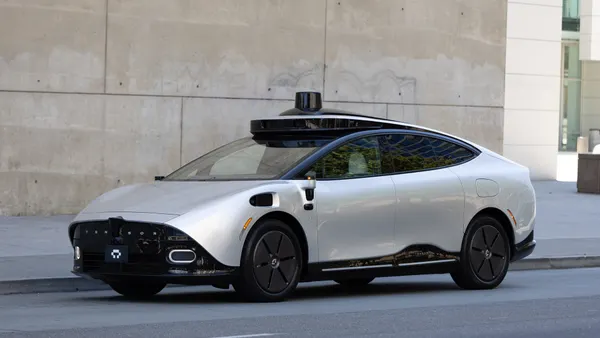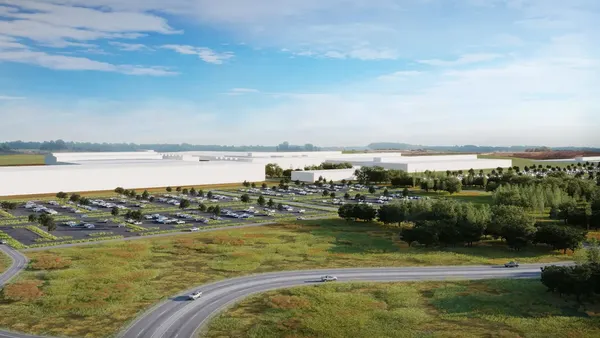Dive Brief:
- General Motors has expanded the coverage area in North America for its Super Cruise hands-free driving feature, the company announced last week.
- The number of road miles in the U.S. and Canada where drivers can activate Super Cruise has jumped from 400,000 to 750,000 miles, the automaker confirmed in an email.
- The latest update adds minor highways that typically connect smaller cities and townships.
Dive Insight:
The Super Cruise expansion comes as autonomous driving systems are under intense scrutiny after a self-driving ride-hailing vehicle operated by General Motors’ Cruise unit seriously injured a pedestrian in San Francisco last fall. The incident triggered a wave of changes at Cruise, including massive layoffs and an overhaul of its executive team.
GM has continually expanded the Super Cruise coverage area since its launch in 2017, adding major roadways in the U.S. and Canada. It plans to add new roads through 2025.
The expanded coverage area of Super Cruise is being added to eligible vehicles as an over-the-air update, free of charge. Eligible vehicles will receive map updates within one month of the relevant GM brand adding the new coverage areas to its website.
However, while most Super Cruise-equipped vehicles will get updated maps, the Cadillac CT6, Cadillac XT6 and Chevrolet Bolt EUV will not, as these vehicles are built on an older electrical architecture, a company spokesperson said in an email.
GM plans to add Super Cruise to more vehicles as it launches new models in 2024 and beyond, the spokesperson said.
“GM is all-in on safely deploying Super Cruise as we make the technology available on more vehicles, more roads and for more people to enjoy,” said Anantha Kancherla, vice president of advanced driver assistance systems at GM, in a statement. “A key part of that is expanding the road network — in this case nearly doubling it again — with lidar mapped highways.”
According to GM, adding new roads to Super Cruise requires additional planning due to seasonal weather changes. As a result, GM maps northern regions in the summer to avoid snow and maps the southern regions during the winter to maximize the efficiency of data collection, the company said in an email.
The Super Cruise hands-free driving feature uses cameras, sensors, GPS and lidar map data to detect curves and steer the vehicle. The cameras identify lane markings to keep the car centered in a lane. Super Cruise can also change lanes automatically when a slower-moving vehicle is detected ahead. On some vehicles, Super Cruise can also activate turn signals, change lanes and pass slower-moving cars before returning to its original lane without any driver input.
For towing, Super Cruise can also recognize compatible trailers and automatically lengthen the distance from the vehicle ahead to provide longer stopping distances if a driver needs to brake suddenly.
Automated driving systems, such as Super Cruise, Tesla’s Autopilot and Full Self Driving, and Ford’s Blue Cruise, are categorized as Level 2 driving automation systems by SAE International and require a driver’s full attention at all times. Super Cruise-equipped GM vehicles use an in-cabin camera to monitor the driver to ensure they pay full attention to the road.



